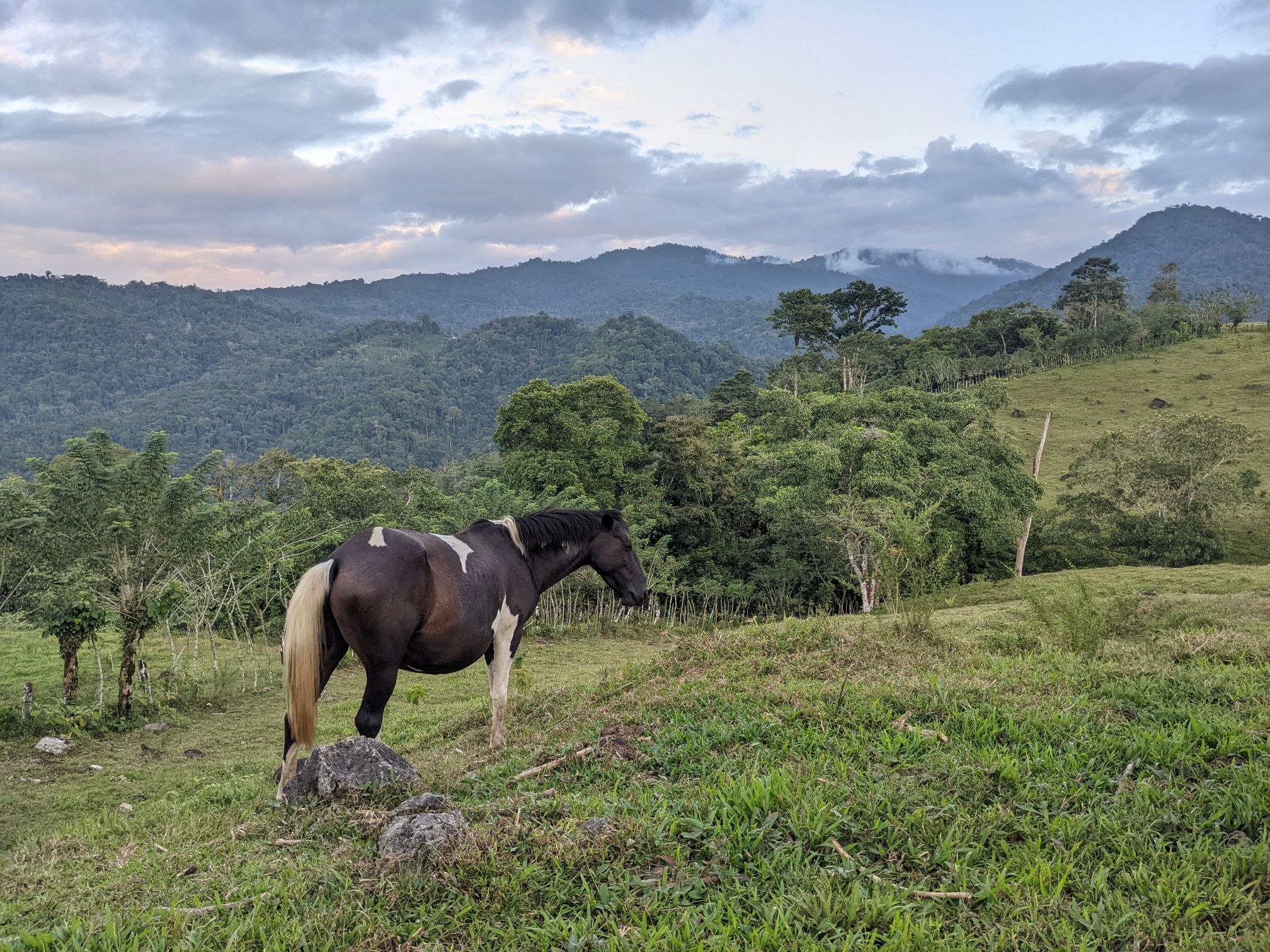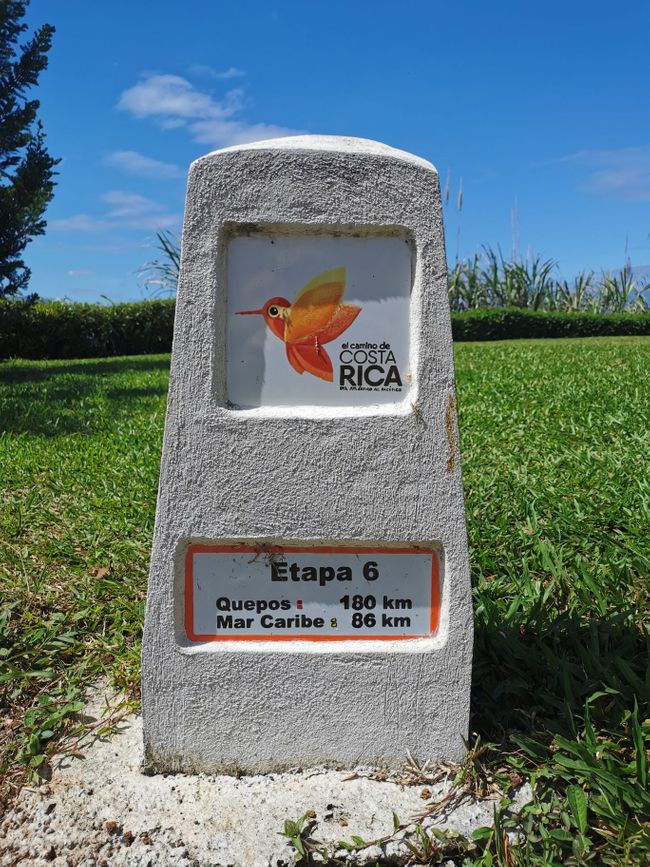Lima's diverse cuisine and Malecon
Публикувано: 19.04.2019
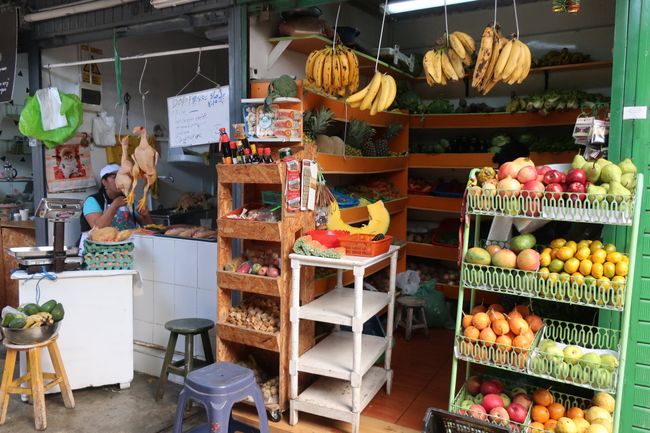
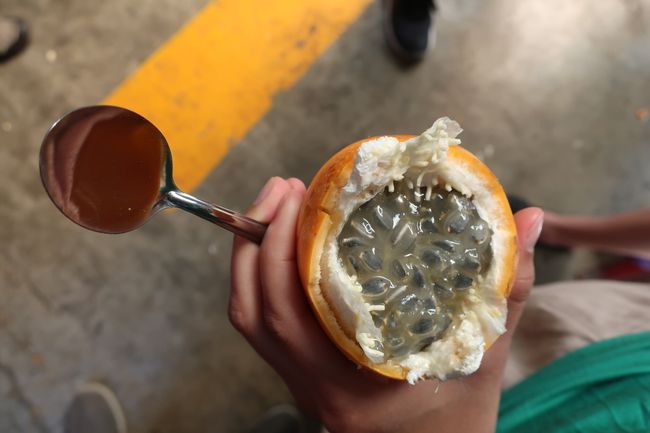
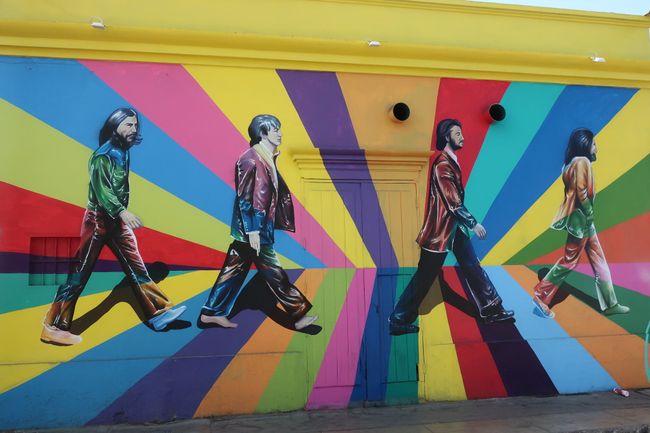
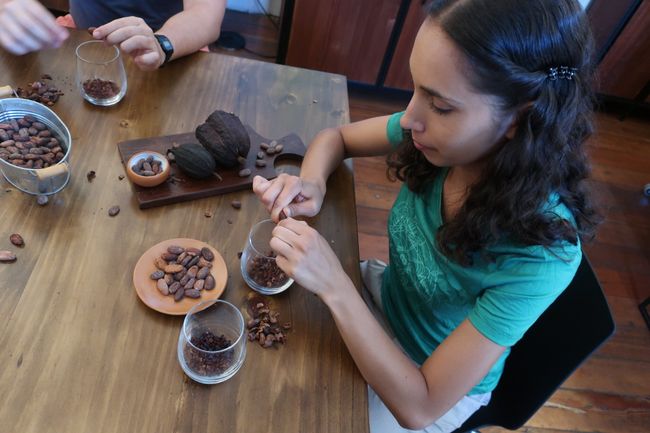
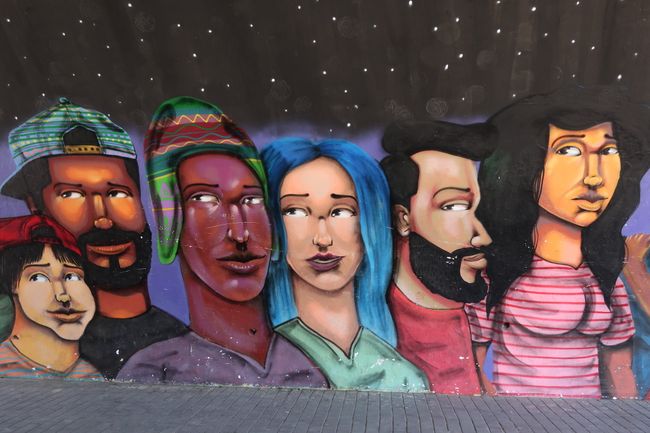
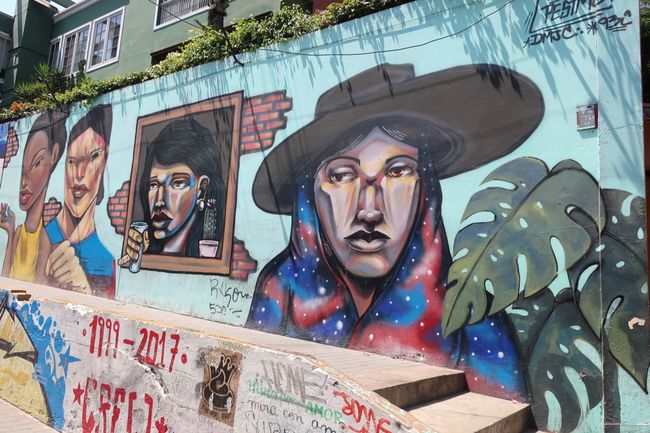
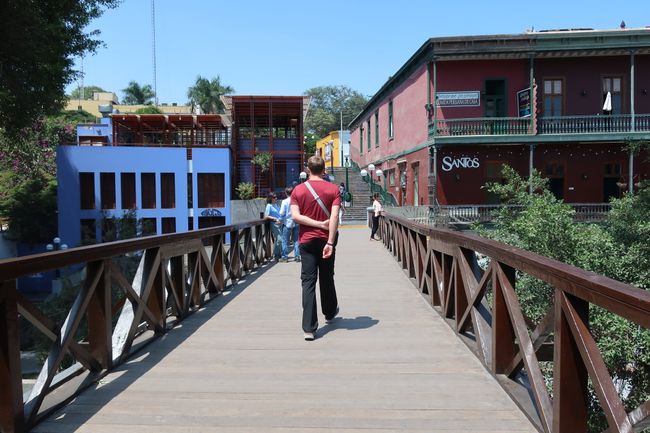
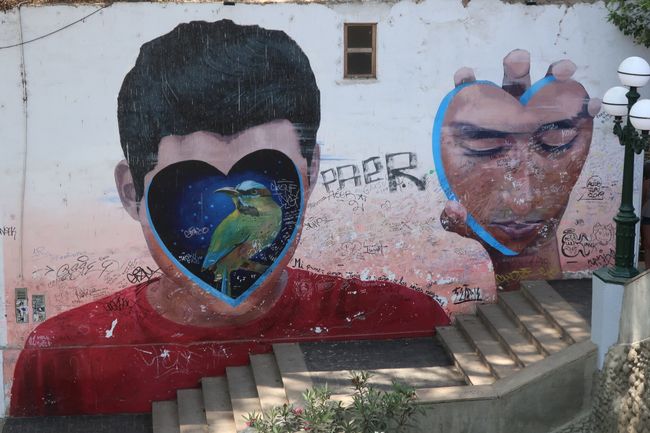
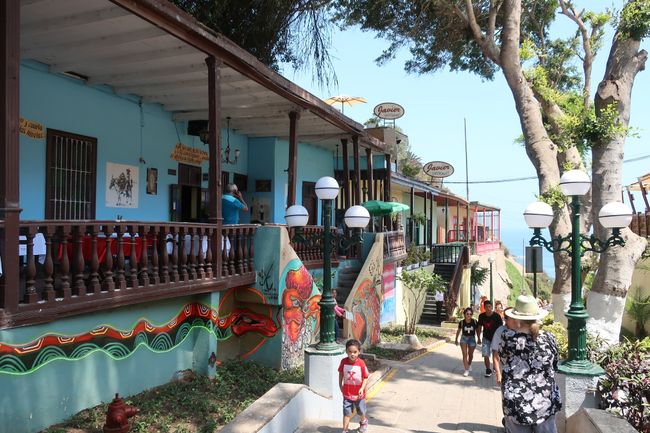
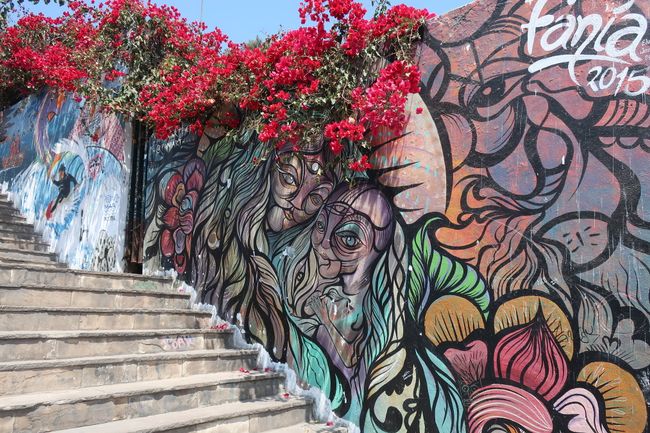
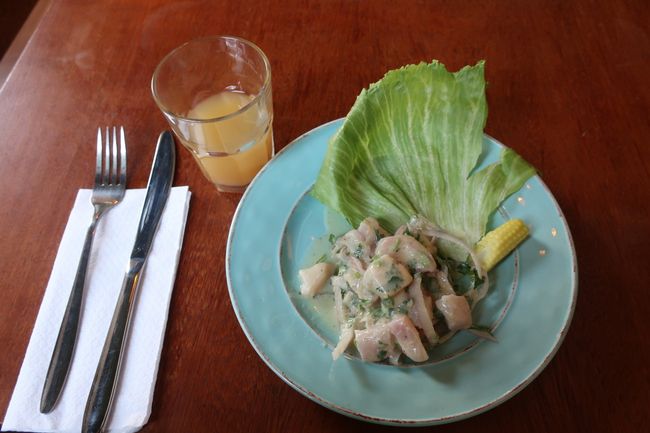
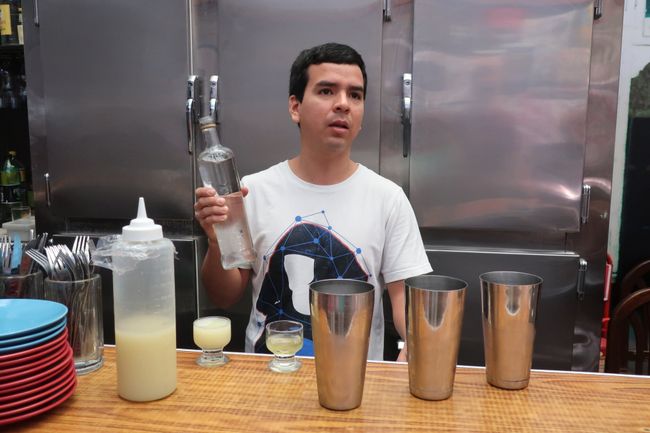
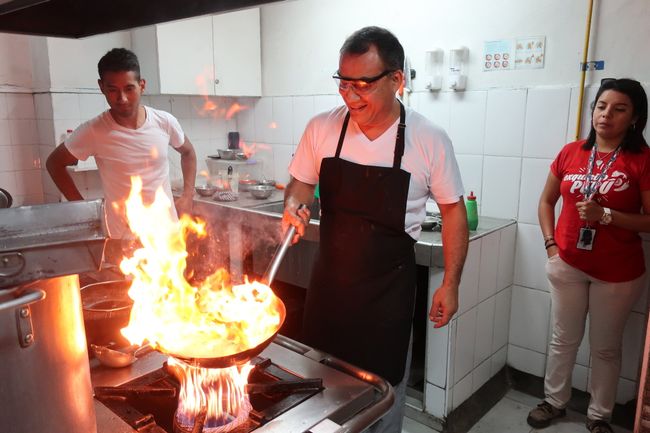
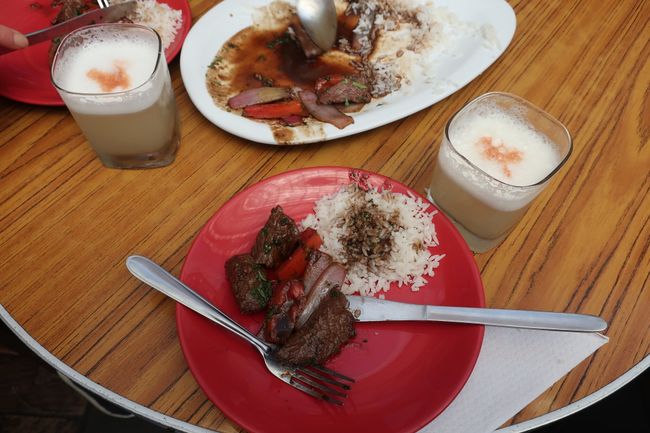
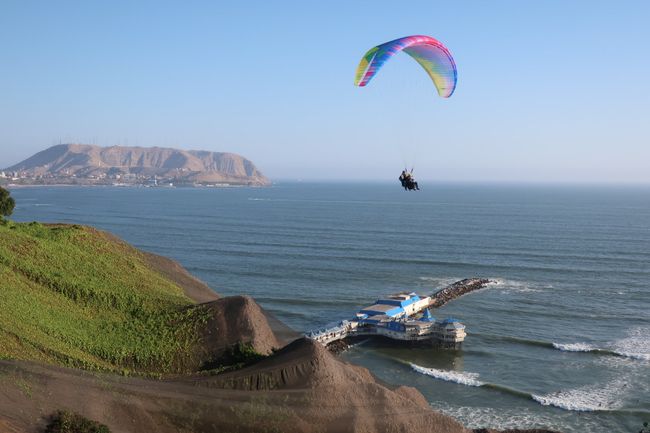
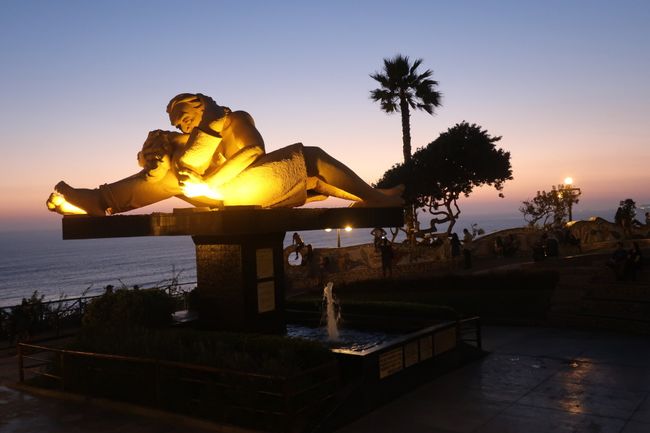
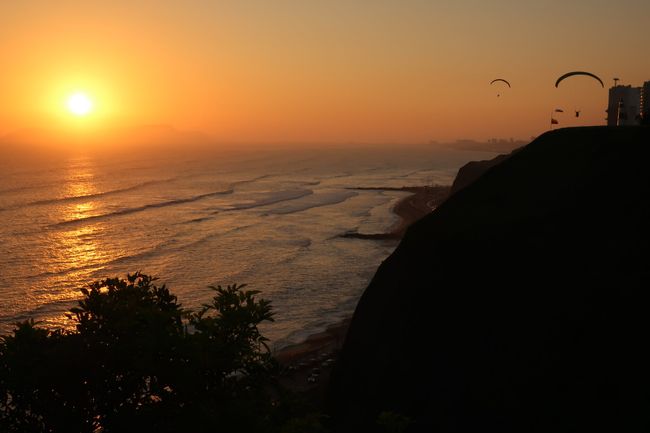
Абонирайте се за бюлетин
Our flight from Havana to Lima went smoothly, there were only some turbulence over the rainforest, but we survived. At the airport, we had three tasks: to get our luggage as complete as possible, withdraw money, and buy a SIM card for our phone. After I spotted the luggage, which was oddly being lifted off the conveyor belt by a supposed security person and then rescued by me, Chris had less luck at the mobile phone stand, where you could only charge and not get SIM cards. In fact, our transport from the hotel was already outside with our name sign. Then we went through Lima's chaotic traffic to the hotel. Lima seemed incredibly modern compared to Cuba, even though similar rickety public buses passed us occasionally. Our hotel was Spartan but very central, and the most important thing was that we had safely made it from the airport (the surroundings and taxi rides are considered dangerous) to the accommodation.
The next morning, we had a pre-booked four-hour food tour with Exquisitos Peru, so we skipped breakfast. Lima is now internationally known for its excellent and diverse cuisine, so the guided tour seemed like a good idea to not upset our stomachs right at the beginning. We were picked up on time from the hotel and greeted our tour companions: four friendly Americans.
Our first stop was at a local market, where we got an avocado cheese toast, a Peruvian coffee, and a Lúcuma juice (a fruit native to Peru) as breakfast. At the neighboring fruit stand, we got to taste fresh fruits: Chirimoya (which we already knew from Cuba) and Granadilla (very tasty, the inside is similar to passion fruit but sweeter) and also learned about different local potato varieties (there are over 3000 in Peru) and corn varieties.
The next station was a fancy chocolate shop where we learned a lot about Peruvian chocolate from a very dedicated expert. Although cocoa has a long tradition in Peru since the Inca times, it is mostly used here in the form of drinking chocolate. Peruvian chocolate became internationally known for eating five years ago when it first took first place in an international competition. We were shown roasted cocoa beans and got to make an infusion that smelled aromatic. Then she explained the different flavors of Peruvian chocolate depending on the region of cultivation, and we finally got to taste the delicious organic chocolate and guess what note we could taste. Of course, we also bought some chocolate for ourselves at the end.
We continued a bit through the fancy Barranco district. This is known for its street art, so you can find original artwork on almost every wall. We also liked this part of Lima with its many green squares, and we also crossed the bridge where you are allowed to make a wish when crossing it for the first time.
The next stop was a small local restaurant where we sat down for a more savory meal. First, we had the typical Causa, a kind of potato cake that was filled here with shredded chicken and some vegetables. Delicious! Afterwards, we were supposed to taste the traditional Peruvian dish Ceviche and were explained and shown how it is prepared. Ceviche is fresh raw fish in small pieces that is served raw but gets a marinade made from so-called Tiger's Milk. This is a mixture of lemon juice, onion, garlic, oil, coriander, and a spicy chopped type of chili. It was definitely an experience, but we still prefer cooked or fried fish. We also had Chicha, a corn-based juice that was served here in fermented alcoholic form and didn't quite suit our taste due to its slightly fermented note.
Next, we went to the next restaurant, where we finally got some meat, namely Lomo saltado. We were able to watch in the kitchen again how this typical dish of beef pieces with soy sauce and onions was prepared in a spectacular flaming way in a wok. We definitely enjoyed that! As a drink, we had the classic Peruvian cocktail, the Pisco Sour, made from Pisco grape brandy, lime juice, sugar syrup, and egg yolk. Highly recommended. We also had the non-alcoholic classic Inca Cola (it was so successful that Coca Cola bought it). Actually, only Chris liked this bright yellow and incredibly sweet bottled drink, for me, it was quite similar to German cough syrup for children.
The last stop was something sweet again. We went to an ice cream shop that had many exotic flavors. It wasn't easy to choose two flavors. Full and satisfied, we were brought back to the hotel.
In the afternoon, we wanted to meet up with Richard, a Peruvian who has lived in Germany for several years and whom we got in contact with through a Cuban friend of the family. Richard had already helped us with the travel planning in advance, and we got along well right away. He picked us up from the hotel, and together we strolled along the promenade, the Malecon, of Lima. It was beautiful weather, and paragliders sailed overhead as we watched the sun slowly and colorfully set. Among other things, we came to the lovely Park of the Lovers, where many couples gathered. Everything was chic and clean, and we once again realized that we were in the upscale and safe neighborhood of Miraflores. We exchanged a lot of information (Richard worked for a tour company), and he also offered his help for the rest of the trip if we needed it. In addition, it was planned that we would stay at his family's house during our next stop in Ayacucho since everything was fully booked during Holy Week (Semana Santa).
In the evening, we had a delicious farewell dinner of Lomo Saltado at a good restaurant on the promenade and toasted to the beginning of our adventure in Peru.
Абонирайте се за бюлетин
Отговор (1)
Karin
Auf jeden Fall wird ein Unterschied zwischen Kuba und Peru bezüglich der Entwicklung zu spüren sein, da Kuba ja lange Zeit abgeschottet war. Es ist beruhigend zu wissen, dass ihr dort einen Bekannten wie Richard habt, an den ihr euch wenden könnt, wenn ihr mal einen Rat braucht. Kakao würde ich auch gerne mal verkosten.
Отчети за пътуване Перу
